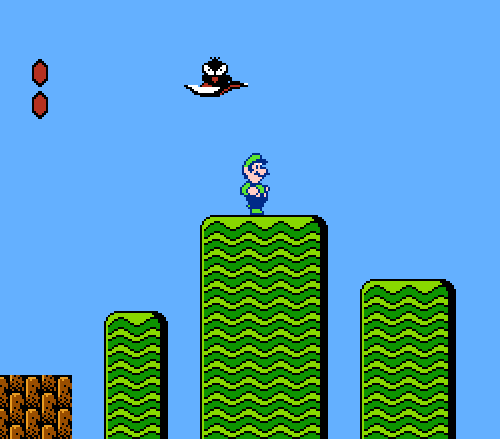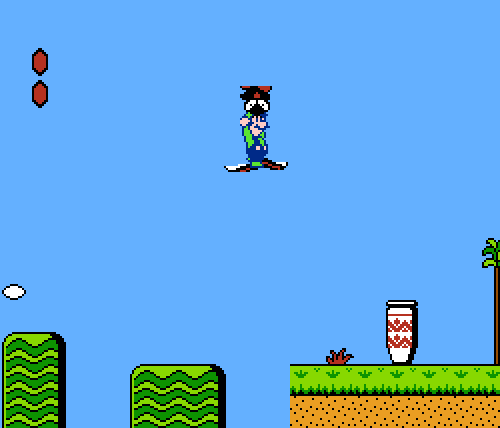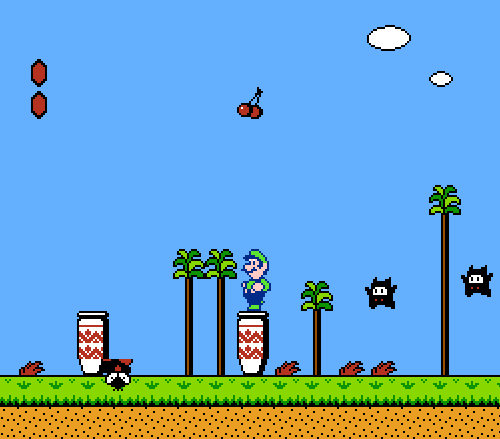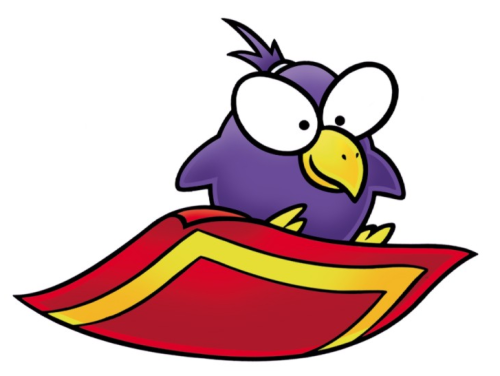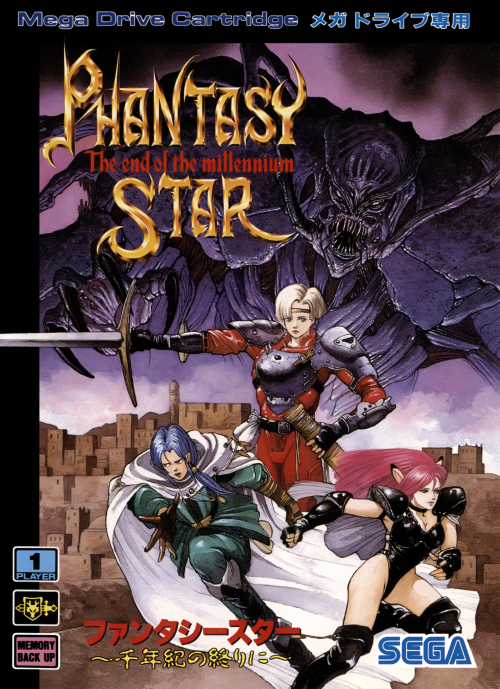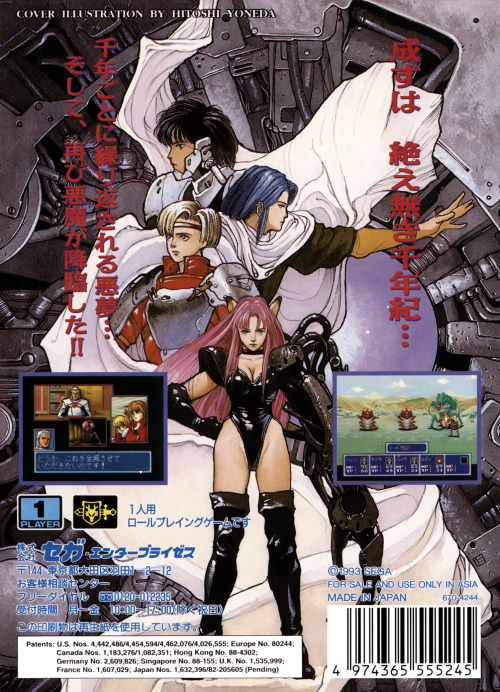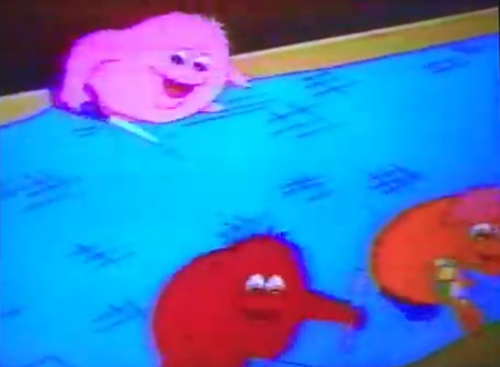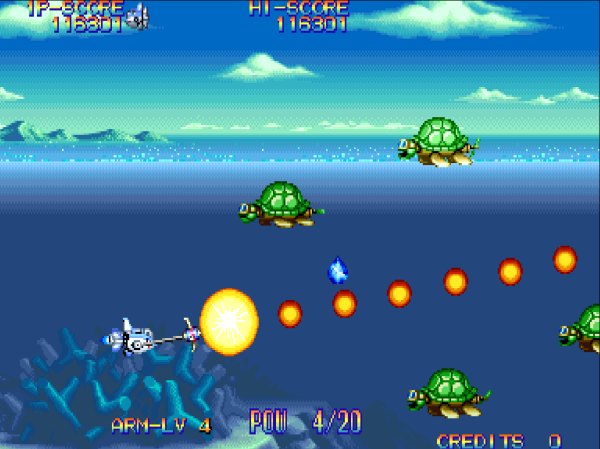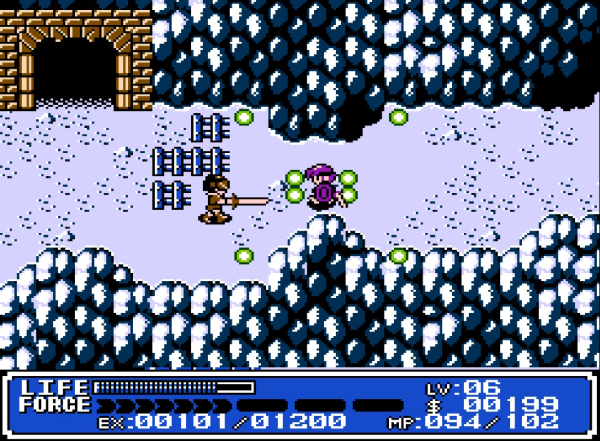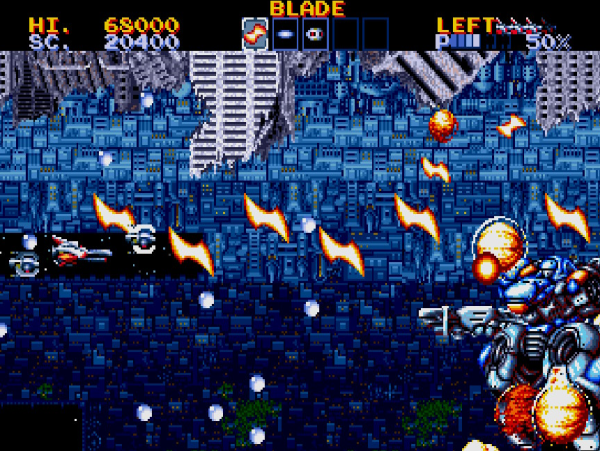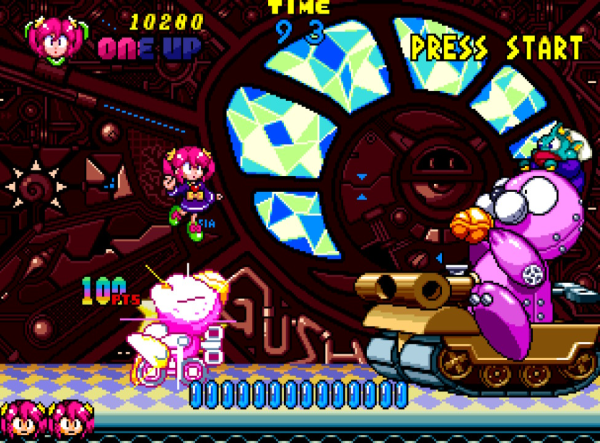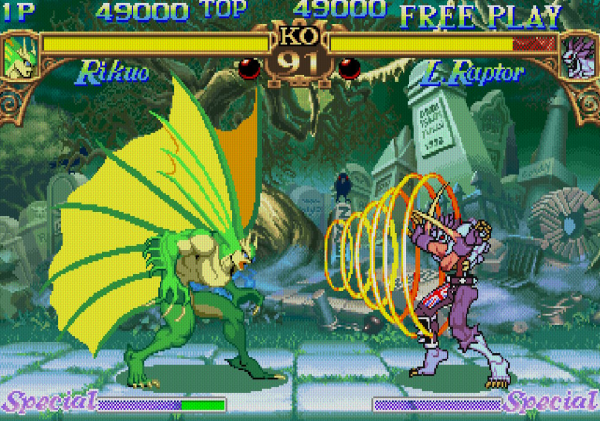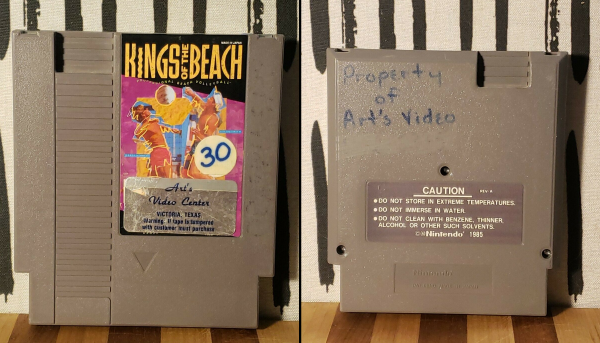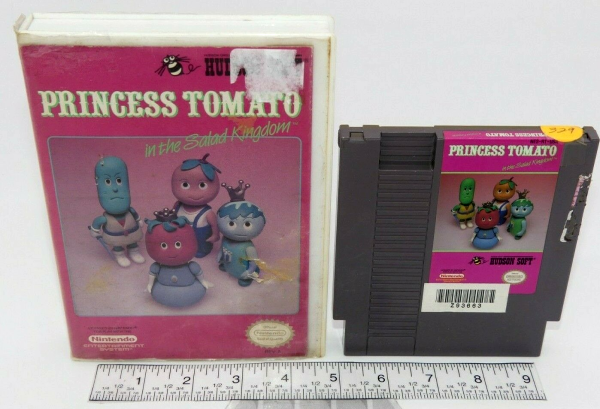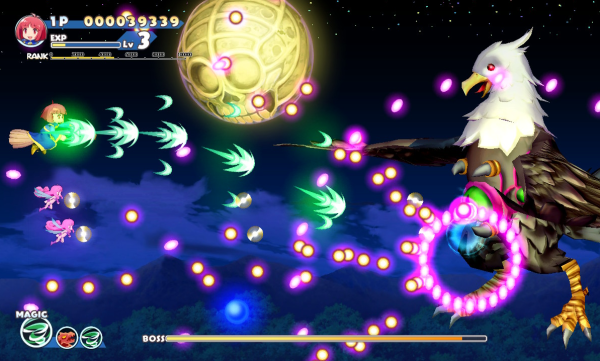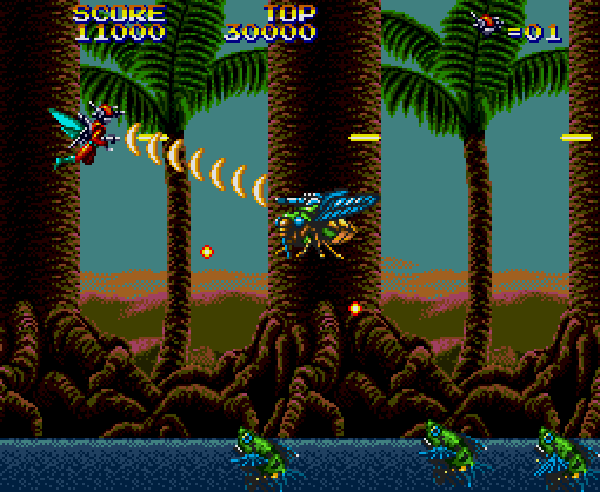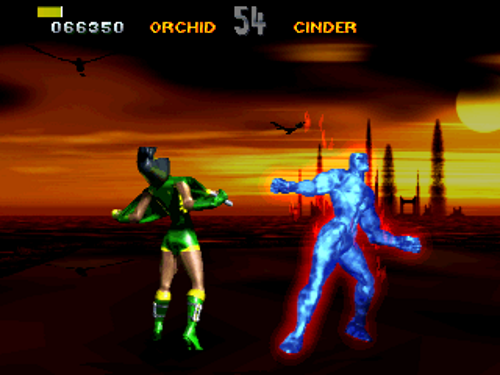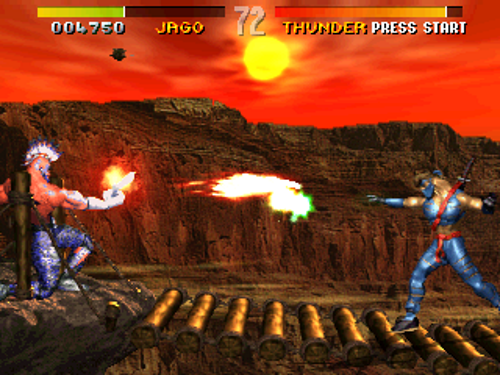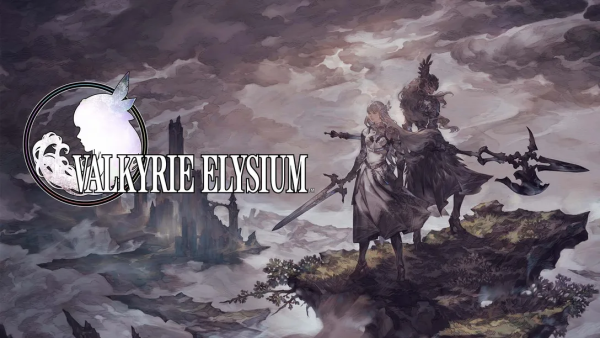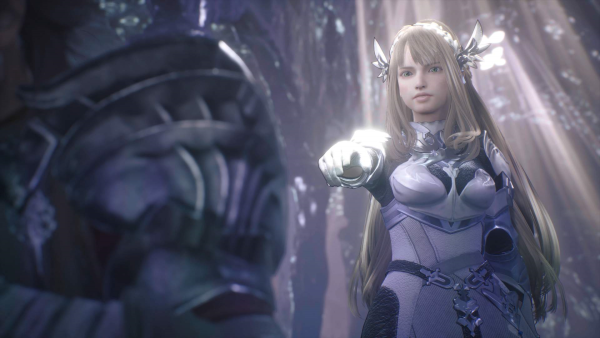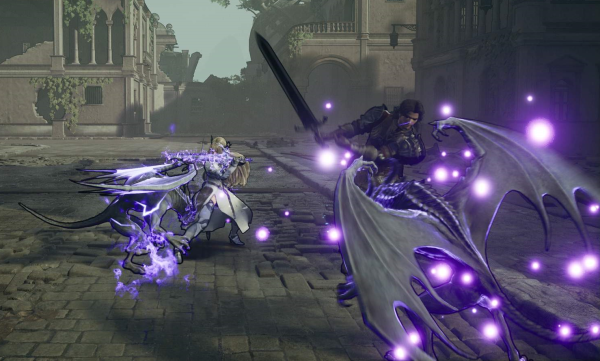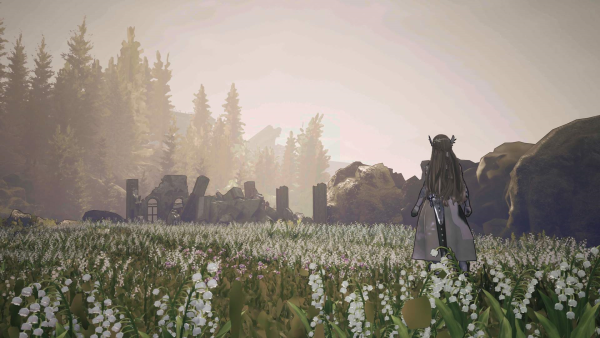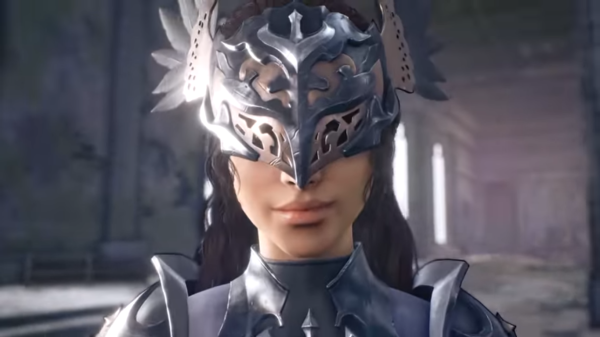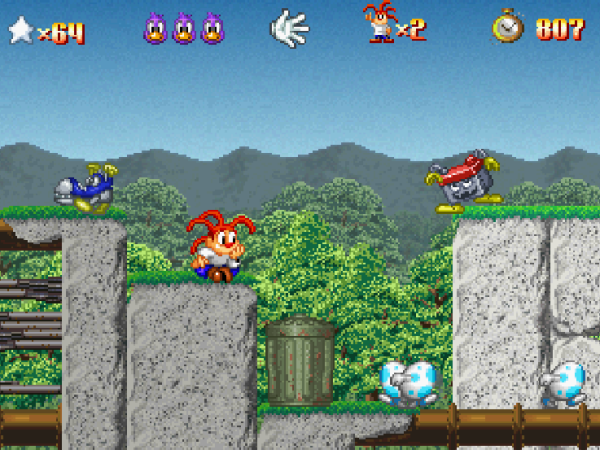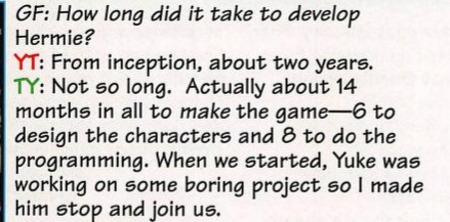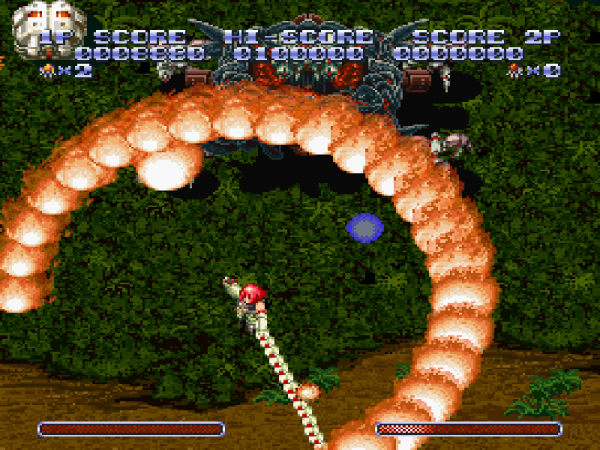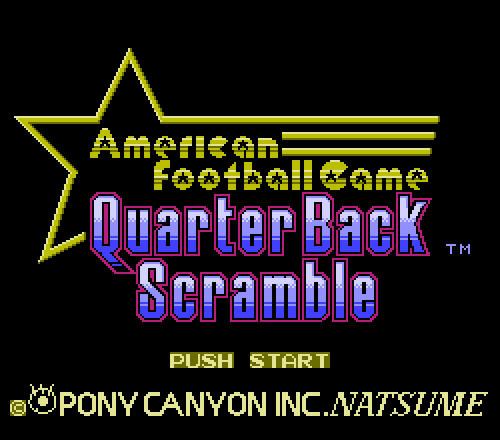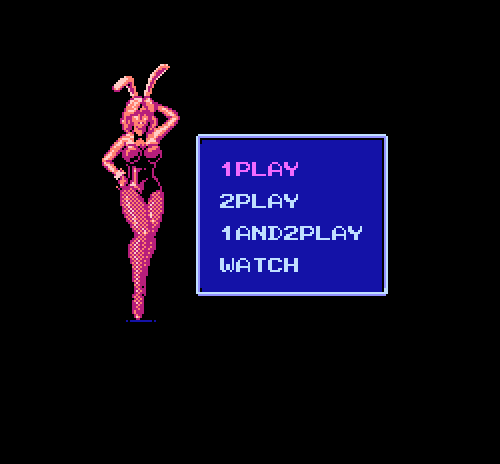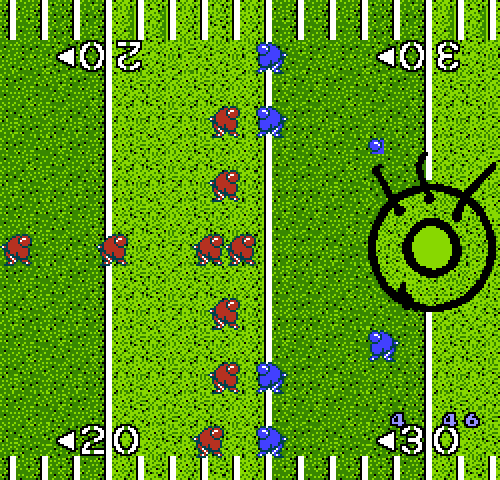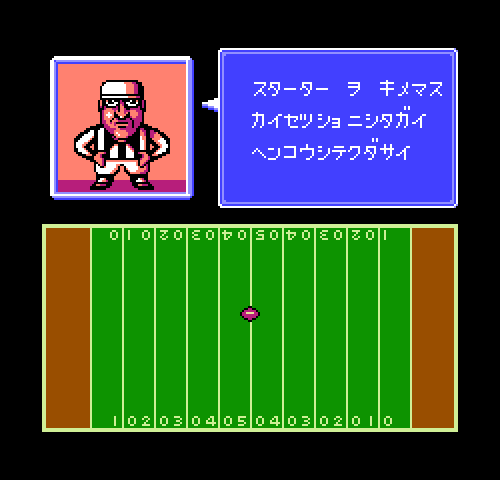Gravity Rush is getting a movie, if you remember. It was announced four months ago, so that’s plenty of time for us to forget all about it or file it away with Metroid, Spy Hunter, Rollercoaster Tycoon, and other game-based film projects never to be made.
You must forgive my jaundiced view of this. When I covered anime industry news for a living, each month brought some new announcement of an anime, manga, video game, or related property optioned for Hollywood treatment, whether it was a Robotech film with Tobey Maguire attached, Tim Burton’s Mai the Psychic Girl musical, or ADV Films’ long-discussed (and apparently scripted) Evangelion movie. And most of them vanished without a trace.
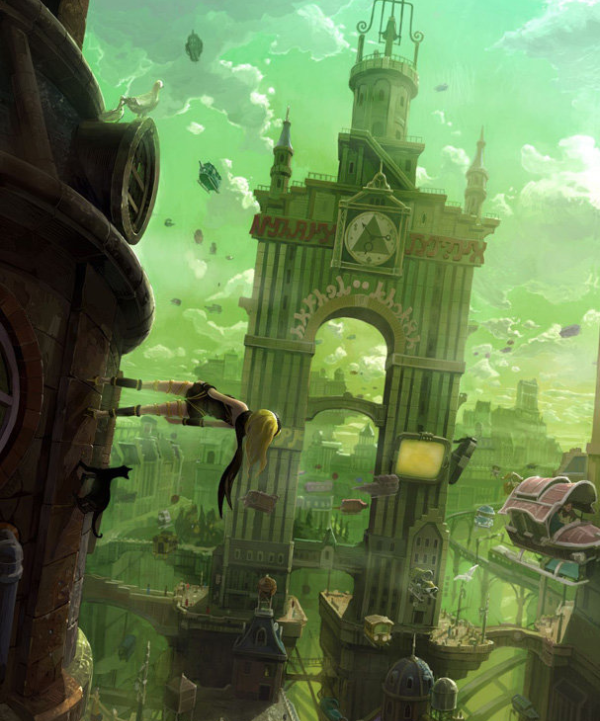
Yet perhaps I should hope that this Gravity Rush movie will go into production. I pretty much gave up on seeing more of the series once Gravity Rush 2 wrapped up almost everything, and a movie has the potential to further explore the games’ fascinating world, dizzying aerial acrobatic combat, and charming characters. I’ll be optimistic enough to deliver some suggestions as to what a Gravity Rush movie should entail.
-Kat, our gravity-controlling heroine, should see a thing happening and then say "Well, that just happened." This will convey to audiences that she is a sarcastic and astute observer of events that transpire within her field of perception.
-Dusty, as her cat companion, should deliver quips such as "Don’t ask me! I’m just here for the free mice!" and "Flying is easy! I always land on my feet!”
-The movie should feature the Superjesus song “Gravity,” because no one buys movie tickets more than fans of underappreciated Australian alternative bands.
-A character should make a joke about the word "pussy" and its varied meanings with regard to Dusty and Kat. Perhaps Kevin Smith could guest-write this gag.
-The credits should contain no less than 26 stingers for other possible films in the PlayStation Cinematic Universe, including but not limited to Horizon, Infamous, Shadow of the Colossus, Knack, Tokyo Jungle, Journey, MediEvil, Tiny Tank, Elemental Gearbolt, Wild Arms, Project: Horned Owl, Arc the Lad, Motor Toon Grand Prix, Gunners Heaven, Crime Crackers, and the Legend of Polygon Man.
-All characters should speak in the fictional, vaguely French language invented for Gravity Rush, with no subtitles present throughout the entire movie.*
-In her efforts to protect the people of Hekseville, Kat should run afoul of a newspaper editor who declares her a “menace” while unwittingly buying photographs she takes of herself. Kat should also run up against a Kat clone who later reveals that she is the original Kat and that the Kat the audience knows is actually the clone. This plot twist will be dismissed in the sequel due to everyone hating it.
-Any possible lesbian subtext between any characters should be limited to scenes that can be easily edited out by cowards and/or bigots.
-Kat should be played by a snowy white actress, a terrible decision that the production staff will defend in numerous ill-advised and covertly racist ways. This will all work out in the end because there’s no such thing as bad publicity.
-When the Gravity Rush movie is nearing its debut, all press materials should say "Gravity Rush drops into theaters on [date here]."
And that’s just what I’m giving away for free! I have hundreds of completely original ideas for the Gravity Rush movie, available to any producer who wants to hire me as a creative consultant. I assume that would entail me playing Gravity Rush games all day and occasionally suggesting that Kat or Dusty should make jokes about barfing up hairballs.
*I actually like this idea.

